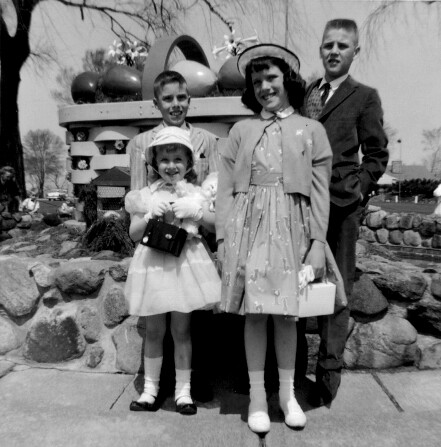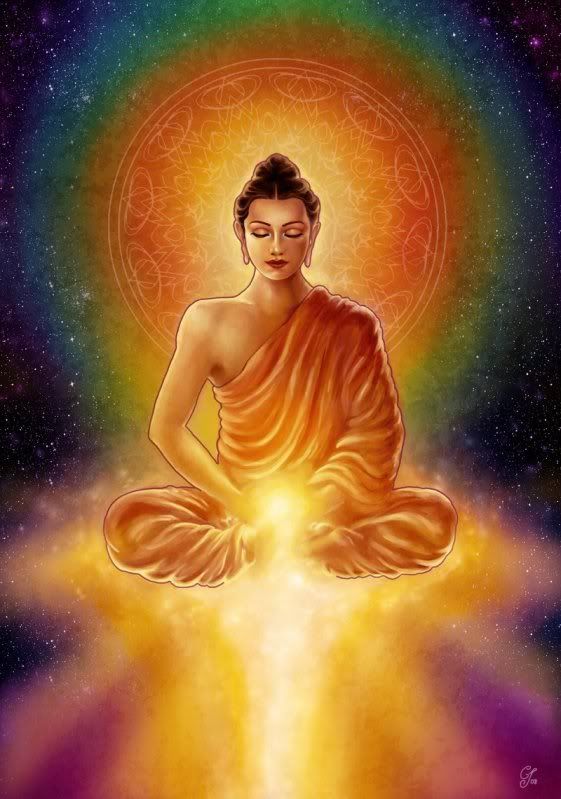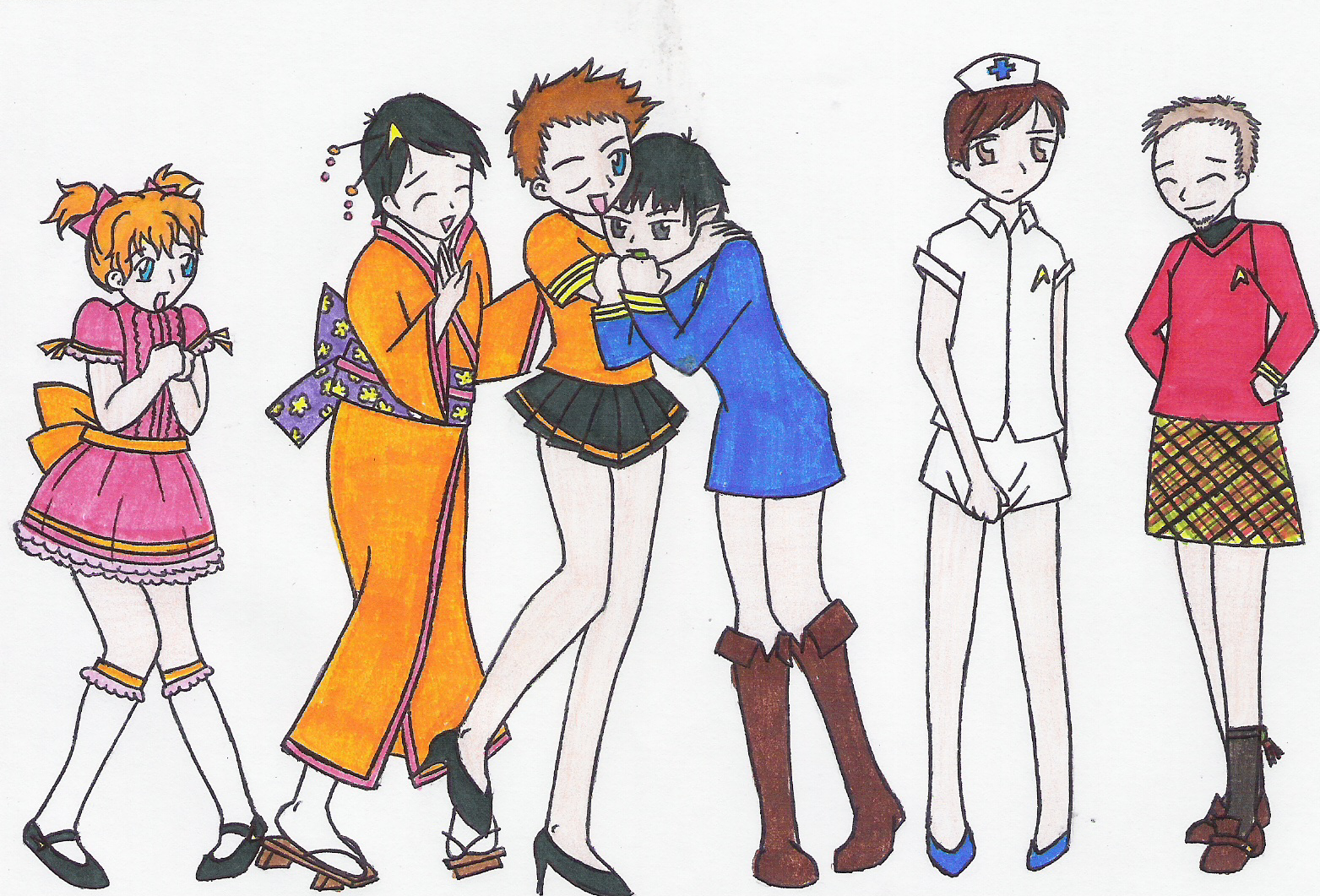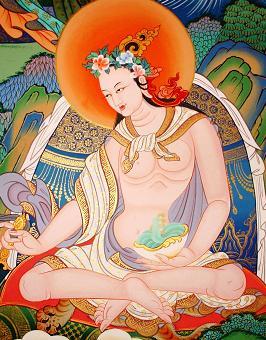People have a lot of ideas
about what “karma” is. The word has made it into popular culture,
and it’s used for everything from automobiles to yoghurt. But it
probably doesn’t mean what you think it means.
The word “karma”
literally means action. And the idea is that our thoughts and actions
arise from past thoughts and actions and affect future ones. Thoughts
(which lead to actions which lead to habits) have consequences – in
the physical world and on our psyches.
Karma is connected with
intention or motivation. We won’t be reborn as flies just because
we accidentally kill a fly in this life, or a lot of flies. In fact,
while karma is generally linked with rebirth, it doesn’t have to
be. Karma works over the course of one lifetime, or one day.
Creating karma is often
described a planting a garden. If you plant the seeds of virtue, you
get virtue. If you plant hatred, you get hatred. Think beans: If you
plant beans, you don’t get corn.
Here’s a quote from
David Nichtern:
Whatever we cultivate,
whatever we choose to become familiar with, that is what will
manifest for us. If we choose to cultivate aggression, craving, and
dullness, those qualities will surely ripen. If we choose to
cultivate awareness and compassion, those qualities will develop.
It’s not rocket science -- it’s gardening.
The Buddha gave a 12-step
process for how things happen to us. Steps 1-5 relate to how we
perceive things (which sense we uses, etc). Step 6 is where we make
contact with an object. Step 7 is our reaction to it –
aversion/attraction/indifference.
In between 6 and 7, there
a gap of pure perception. Karma attaches between 7 and 8 – if we
attracted to something we crave it and grasp onto it; if we’re
averse to it, we push it away; indifferent and we ignore it.
My teacher talks about the
moment when you walk out the door – you can turn in any direction.
The choice you make at this point directs your thoughts in a certain
way from this point.
As you act in a kind and
loving way, you’ll move in that direction. If you act from fear and
anger, you’ll create fear and anger. David Loy says: Just as my
body is composed of the food eaten, so my character is composed on
conscious choices, for “I’ am constructed by my consistent,
repeated mental attitudes.
People are ‘punished’ or ‘rewarded’
not for what they have done but for what they have become, and what
we intentionally do is what makes us what we are.”
The Buddha built on the
Hindu idea of karma as punishment or reward over lifetimes. The
radical change the Buddha made was to say that karma was not the
result of an act, but motivation – and that it can be changed.
Josh Korda:
The Buddha taught that its incorrect to believe that
for every harmless act there will be inevitable long term benefits,
nor will every harmful act result in apparent karmic payback. Look
around the world and it's clear that people get away with horrendous
acts. But how they feel internally we cannot observe with any
certainty.
The fruits of karma should not be thought of as
entirely external or material or visible in nature; the teaching of
karma is actually a profoundly internal, psychological insight. As
the buddha stated in the kalama sutta: "Even if there is no
rebirth, and there are no external results of actions rightly and
wrongly done, then here, in the present life, I will live with ease,
free from hostility, ill will, free from trouble as a result of my
harmlessness."
A lot of western teachers
say that karma goes beyond each person. We have individual karma,
family karma, and societal karma. Whether you believe that we return
for multiple lifetimes to work out our karma or that it ends with our
death, it’s easy to see how our actions influence what we give our
children in our bank accounts, the environment, the structure of
society.
What do we get from our
ancestors, and what can we give to our children? The Buddha said, in
the very first lines of the Dhammapada, that we create the world with
our minds. Our sense of self is created in part through our earliest
interactions with our families, whether they respond to our infant
needs and treat us as valued and important or ignore them or see them
as a burden. And so we shape our children and our world: What is our
attitude toward others? Toward the environmment? Toward wealth? How
do we define success? What would we do to get it?
Given that karma is the result of intention or
motivation that leads to habitual patterns of thoughts that leads to
action, karma can be changed. We’re not trapped by our actions.
Everything is workable. Psychology and Buddhism tell us that we can
change those patterns. We all have our past karma, but there's new
karma we're planting right now. We can choose to act skillfully right
now. We don't deny our mistakes, we don't allow them to define us; we
acknowledge them, but we don't brood on them, for if we do, we don't
pay sufficient attention to the karma we're creating right now.
We can change the things we tell ourselves and the
world.
Rita Gross says, in "Buddhism After Patriarchy," "Much of my present is determined by what has already
occurred in the past cannot be undone or changed. However, my method
of coping with my present is not predetermined – how I cope will
deeply affect my future.”
Gross further says that since we’re not talking about
karma as creating an unchangeable future state, it can lead to
equanimity and deep peace.
Ultimately, the things that happen are not the result
of some mysterious and arbitrary will of Someone. They are the
result of cause and effect and reflect some deep harmony and sanity
inherent in the cosmos. First one needs to sort out the things that
can be changed and work to change them, rather than passively
accepting them as “just my karma.” Following that, one can temper
potential emotional exhaustion and burnout by contemplating whatever
results, whether success or failure, as karma, seeing karma not as a
matter of rewards or punishments but as a matter of inscrutable
appropriateness.
















